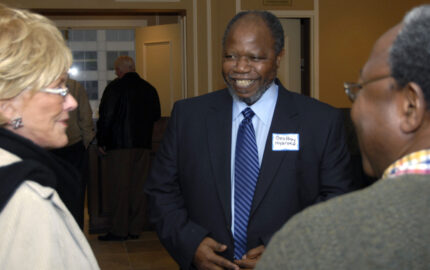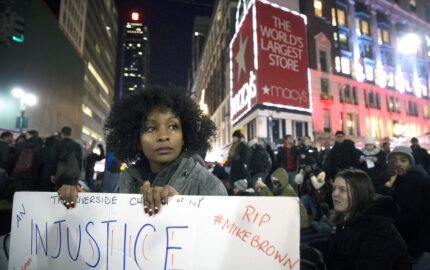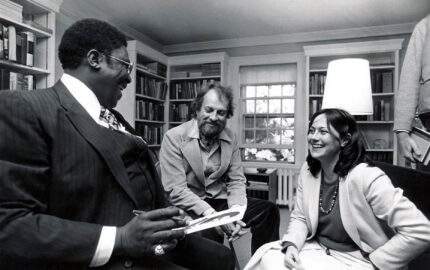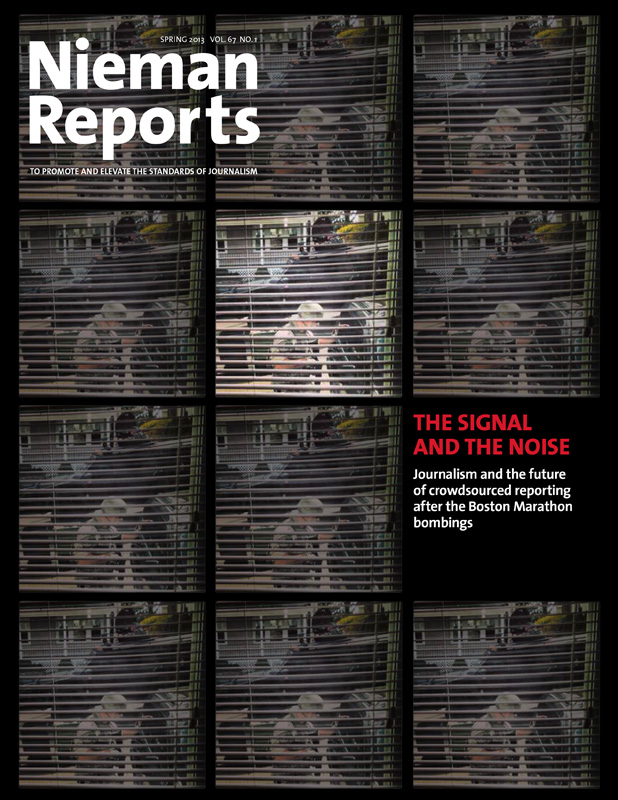
The Signal and the Noise
One tweeter boasted of a "game-changing victory" for crowdsourcing in the early hours of the Boston area manhunt. But what began as a low-grade fever on social media spiked with the wrongful naming of a bombing suspect. All the while, Nieman Visiting Fellow Hong Qu was testing his new tool Keepr as a screen for credibility and posting early results on Nieman Reports as the story unfolded. Qu and journalist Seth Mnookin, who tweeted live from the manhunt, write about how smartphones and their unprecedented power to publish require new journalistic tools and practices, while other Nieman Fellows consider the intersection of social media and journalism in the aftermath of the attac
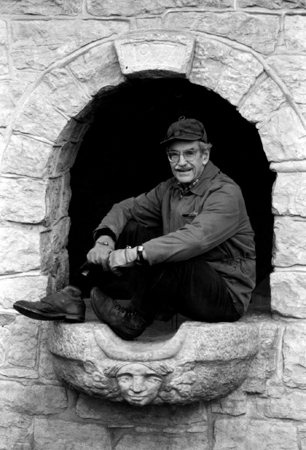
Grady Clay. Photo by John Nation
Grady Clay, NF ’49, an urban affairs specialist who was a reporter and editor for The (Louisville, Ky.) Courier-Journal and editor of Landscape Architecture Quarterly, died on March 17, 2013. He was 96. Clay was best known for his association with the “New Urbanism” movement. In fact, he is widely credited with coining the term in a 1959 article for Horizon magazine in which he criticized the trend toward decentralization in American cities. The new interstate highway system of the 1950s, he argued in that piece, had shifted the seat of power away from its traditional hub downtown toward smaller suburban communities as a new commuter class emerged. At the Nieman Foundation’s 25th anni- versary reunion in June 1964, Clay gave a lecture—published in Nieman Reports that year under the title “Our Cities and the Press”—that identified and explained this trend and its impact on journalism. He would later expand these ideas in a 1970 Nieman Reports article, “The Death of Centrality.” In this excerpt from his 1964 lecture, Clay explains how journalists will need to rethink their traditional beat structure in the context of a “decentralized” city.As social interaction and news publishing increasingly move to a distributed and mobile Web, Clay’s prognostications have become ever more prescient:
One of the recurring theories about news and where it is to be found is the centrality theory. This says that the center of any place is its most productive generator of news. On this theory has been built a dozen traditional beats—city hall, the courts, financial district, downtown business, the civic circuit, etc. Modern newspapers grew and prospered because of one fact about the 19th century city: All power was at the center.
Even as late as 1938 it was still possible for a City Hall reporter to feel he was master of the situation, in a journalistic sense. He could stay on top of a story by staying in one central geographic place, equipped with a telephone. He sat close to the seat of power. He could tap all who counted as they came and went.
But almost as soon as this theory of centrality was accepted the facts began to depart from it.
The edge of the city or metropolis has become the place of conflict. Here one finds the push-pull of suburb against suburb, new settler against old exurbanite. Here there is constant change, friction, controversy, news and opinion. Here are new sub-centers competing with the old center. No one can stay in the center of a contemporary city and honestly say that he has it “covered.”
The traditional city of traditional journalism is changing faster than our mental habits or practices of coverage. With a few dynamic exceptions, City Hall is dead as the major metropolitan news generator. The situation varies enormously from one city to another, but the most impressive change is the decentralization of control to new sub-centers, to regional councils, satellite towns, the State capitol, interstate authorities, and to the Federal capitol. An obsession with “saving downtown” can easily blind publishers and reporters alike to what may be happening.
